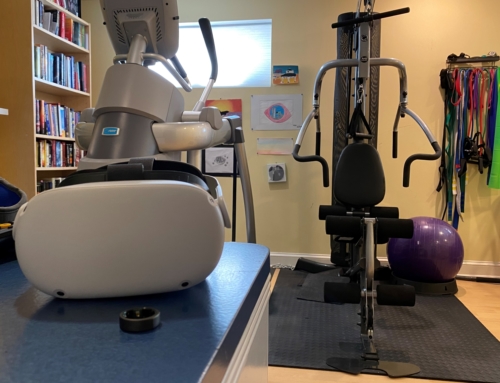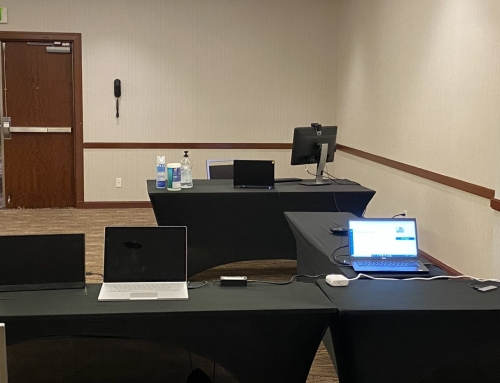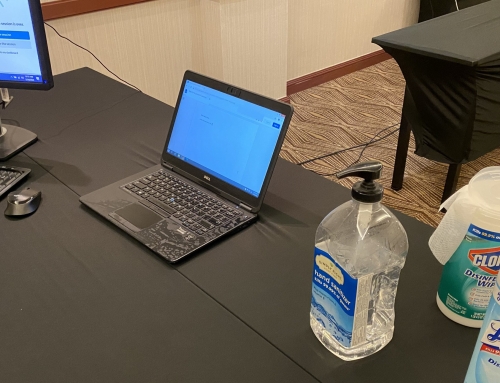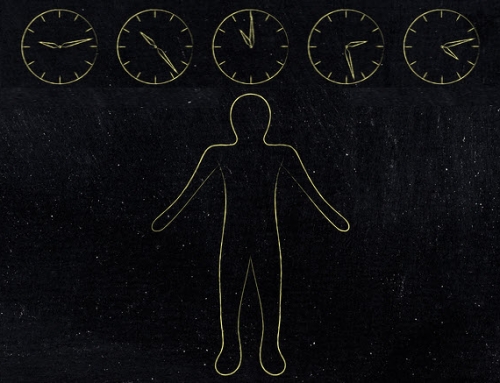As with probably most of my UX peers around the world, I’ve been working remotely and social distancing because of Covid-19 for about seven weeks now. In that time, I’ve felt very lucky, having managed to go entirely remote without more than perhaps a 10% loss of projected income. It’s not looking quite as perfect in May, however, where I had two projects booked – both of which were delayed by the respective clients until such time as they can be in person. I backfilled part of May though I’m going to still have a light first portion of the month.
Meanwhile, I’ve been spending a lot of time to make everything come together going forward. I believe that from an income perspective I can probably end up between 65% and 100% employed in 2020 depending on when the world opens back up, and when I can resume in-person research. Simultaneously, I have been reflecting on when that point might be.
We can flatten, we can’t eliminate.
The days to stop this Coronavirus are long past. Perhaps – likely – more could have been done early on, but the past is the past and here we are with a highly contagious global virus that can’t be stopped until months to years depending on when a vaccine can be not only created and tested but distributed on a massive scale to the population.
To flatten the curve means we spread a similar number of cases over a longer period than would happen naturally so that medical facilities don’t become overwhelmed with too many patients all at once.
Additionally, we can’t reasonably maintain a shutdown world until a vaccine is available, and if we don’t open up the world soon, societal structure will go from bad to far worse both at the macro level and on an individual level as well.
So those stay-at-home orders are beginning to lift across the globe and will continue to lift, although there will most certainly be additional cautions that we’re going to have to live with for a much longer period of time.
Can all research be remote?
I’ve seen arguments that all research can be done remotely so we just all commit to doing it remotely and that’s it. I’ve also seen moral arguments that as researchers since we can do our research remotely, we should in order to not be responsible for getting people ill.
It’s certainly true that a lot of research can be done remotely and if there was no other choice (as has been the case for the last seven weeks), it’s possible to make do with remote options for the moment.
However, I’ve written and spoken significantly about the value of in-person research for gathering information, synching up empathetically and for stakeholder engagement. I still strongly believe all of that. In short, I’ve made a living out of what can perhaps be considered more “high end” in-person research and I don’t see that changing. I fully intend to resume in-person research as soon as I can.
So when can in-person research resume?
Note: This is my personal list of considerations and is certainly not intended to be prescriptive.
Legal and socially acceptable: First, the research has to be okay to conduct legally and within the bounds of what is considered socially acceptable. The laws in whatever state or country must allow such in-person encounters. And socially, research should be lower down on the list of things that start up again – after all essential services and then all semi-essential services.
Travel is possible: If the research involves travel, then the travel has to be feasible. It has to be possible to fly and to have lodging and obtain food in the destination. If necessary, it has to be possible to rent some space in which to conduct the research. And I need to be confident that I can return to my home after the travel without the possibility of a mandatory quarantine just by virtue of having traveled.
The client allows in-person work: I’d also like to know that the organization where my client works is permitting employees to work from an office even if there are still some restrictions on how that in-person work is conducted.
Recruitment must be thought through: In most of my recruitment screeners I put text like “recruit a mix of ages to whatever extent possible” but is there an obligation to only recruit those who aren’t in a higher-risk age group? I’m not sure what the answer is here as it’s certainly nice to get a mix of ages but not often critically necessary. Additionally, I wonder if there needs to be a new screener question asking potential participants to confirm that they are not in any medically high-risk category for Covid-19. At this point, I’m leaning towards limiting the age of participants and trying not to do research with those that are medically high-risk until there is a vaccine.
Participants must be willing to come: No matter what the recruiting criteria, it is only as good as participant willingness to arrive in-person. A study could be limited to only those participants who are willing to make it in person or conversely could also include a few remote slots if it makes sense and is feasible for what’s being studied. Having a few remote slots would also make it possible to include some of those participants who may be higher risk while still benefitting from having mostly in-person study data.
Social distancing on location: Most of the research I do is one-on-one research, which certainly makes it easier to account for social distancing. I can imagine a situation where I rent a large-enough room and the participant is seated far enough away from the moderator and (if legally and socially acceptable) the research can thus be done without a mask hindering critical verbal communication and facial cues.
Sanitization: If participants are using equipment that I supply, then there should be a way to sanitize that equipment between participants. My only concern here is that disinfectant wipes are so hard to obtain right now that having them in a designated location will most certainly rely on some advanced planning, at least for some time.
Personal health: I am aware that nobody is immune to bad outcomes and no matter what someone’s age and health status, there is always risk. But as someone in my forties with no health conditions and similarly no health conditions in my immediate family, I’m not intending on going beyond laws and norms and admittedly feel a sense of inevitability that if I have not yet been exposed to the virus, sooner or later I will be. Thus, I feel comfortable enough to take that risk myself (again once legally and socially acceptable). That said, while I know that antibody tests are not fully reliable and even if accurate, immunity is not known, I’d still like to get that data personally as soon as possible.
Soon!
I’m grateful for my continued health and that of my family. I’m grateful to have had only minimal loss of income. I’m grateful to live in a neighborhood with plenty of opportunities to walk in nature and to live in a state with a governor who has taken what I think has been a well thought out approach to all this.
But I’m itching to get out, travel and do my job in person again as it’s meant to be. As soon as possible – once legally, socially and practically feasible – I am going to be out there doing the in-person research and travel that I so love about my job!
Image of lone sprinter at the starting line: Bigstockphoto.com / JacobLund








